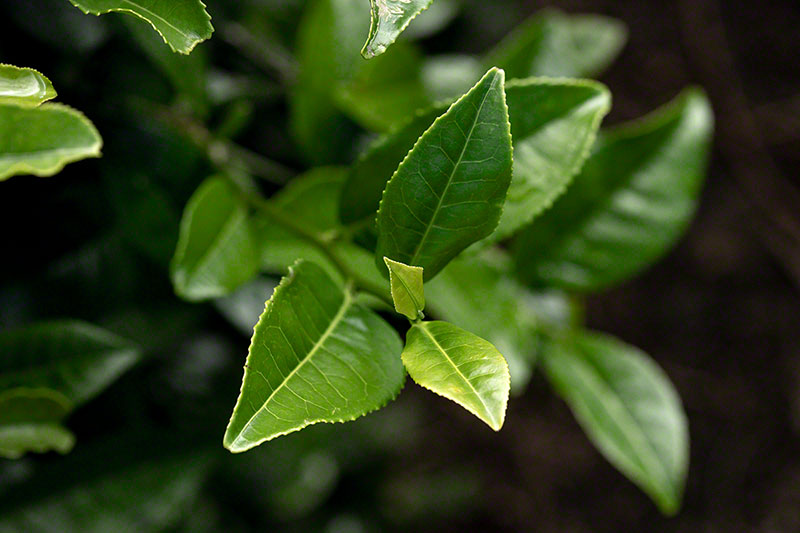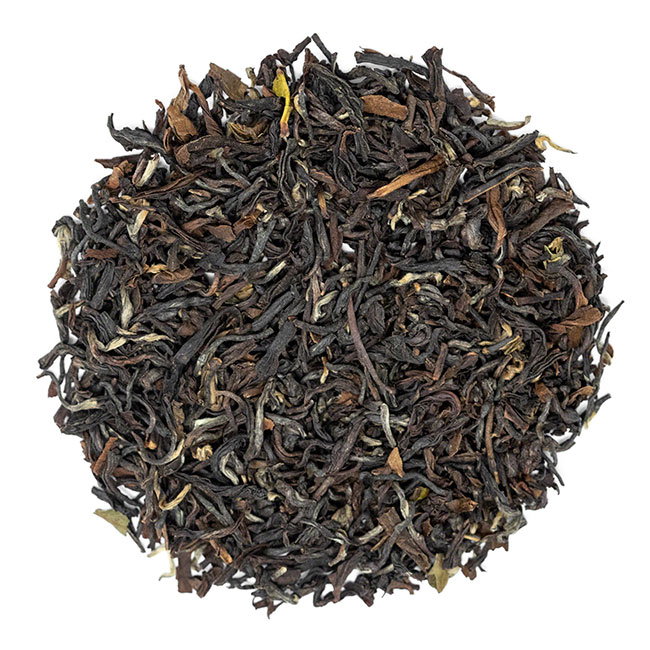Guide to Tea Flushes: First Flush vs Second Flush
Between tea connoisseurs, tea flushes can start a heated discussion. While some argue the best tea will always come from fresh new buds and leaves, the other prefer stronger and bolder infusions. Tea is harvested whole year round and each season brings different flavors. Learn more about tea flushes and find out which one is better.
What is first flush tea?
The first flush tea is the first tea harvested in spring, or even late winter. The exact time of the first flush will depend on the country, tea, area and even tea farmer. However, in many tea producing countries, the first flush is considered the best one, and is often the most expensive one. The term “first flush” usually describes the flavor profile, rather than the exact plucking time.
The reason why many tea drinkers are excited about the first flush teas is because of their delicacy and freshness. Tea harvesting usually stops before winter, making a waiting period very long.
In India, tea plucking times are called flushes. In Japan and China, they are called harvests. Indian Darjeeling tea is usually harvested in three flushes – the first spring flush, second summer flush and third autumn flush. The most expensive one is the first one, following by summer and autumn. In between flushes are common too. For example, in Darjeeling region, the monsoon flush is the one between the summer and autumn harvest. First flush can happen anywhere from late winter to late spring. Darjeeling second flush or summer flush is reserved for late spring and early summer, while the autumn flush corresponds to the actual autumn season. In between monsoon flush usually happens in the late summer. In Assam region, both first and second flush is harvested in the same season, first one in early and second one in late spring.
Japanese and Chinese tea flushes
The first tea harvest in Japan is called shincha or ichibancha, and it is the most expensive, fresh and delicate harvest. The first green tea is harvested from the second half of April and in May. Second harvest starts in late spring. Other two Japanese flushes – third summer and fourth autumn harvest, produce stronger leaves, usually used for making bancha. Interestingly, the first harvest will always be used for sencha, while the second, third and fourth may be used both for sencha and bancha. Bancha may sometimes be harvested in late winter too, right before spring and before a new delicate buds start appearing on the tea plant.
In China, the most expensive and high quality tea is harvested before Qing Ming festival – called Pre-Qing Ming Tea, usually in late March or early April. Second spring flush in China happens in April. Although most teas are harvested in spring, summer and autumn, Chinese Dan Cong tea and Taiwanese high mountain are harvested in winter too, making them a rare category that’s harvested in every season. Some teas like Ti Kwan Yin can be harvested in all seasons.
Difference between first flush and second flush tea
The first flush tea usually contains more nutrients, antioxidants and caffeine. Second flush tea leaves have generally less time to grow. However, they grow faster due to weather conditions, unlike the spring ones that had a whole winter to rest and slowly grow. First flush teas are more often hand-picked than teas from later growing seasons.
For green tea the first flush will always be the best one. Same is true for white and oolong teas. However, with Darjeeling teas things are more complicated. Unlike with teas from other countries, there is a strong debate about which flush is the best. Darjeeling teas are less oxidized than other black teas, so freshness is important. On the other hand, Assam second flush is often considered better than the first one, bull bodied with malty and rich flavor.
How does tea flush affect taste?
Tea plants need sun, water and soil to grow. During winter time plants in tea gardens lay dormant. As the spring approaches and they get more sun and better weather conditions in general, they start slowly growing until they are ready for the first harvest. This means they had enough time to collect most nutrients.
When exposed to more sun, tea bush will grow faster and will be ready for another harvest much sooner than the first spring flush. However, they will contain fewer nutrients too. This will influence the flavor of the tea.
Regardless the country and tea, autumn flushes are almost always considered the lowest quality ones. Flavor of flushes, regardless the tea type or the country, has a lot in common with the characteristics of each season. Spring harvest will yield fresh, light and airy tea, able to wake up all your taste buds. Summer harvests are rich, bull-bodied, with intense color and warmth. In Autumn nature starts to weaken, washing out the summer flavor, and offering airy and light taste, but less fresh than spring one. Winter brings coolness and freshness again, so teas harvested in winter will have a great flavor appreciated by tea drinkers.
Both Darjeeling and Assam teas from monsoon flushes are usually blended into breakfast teas and drank with milk. They make a full bodied strong cup of tea, where subtle flavor notes are not as important or noticeable.
Which flush is the best for you?
If you enjoy drinking tea with milk, go with stronger summer and monsoon flushes. If you enjoy the delicacy, first spring flush will always be the best choice. Keep in mind that spring flush leaves are better brewed using eastern techniques, except Darjeeling and Assam teas. If you prefer using western technique, autumn flushes will give a great cup. They also contain less caffeine and nutrients, so longer western style brewing will let you extract the most.






1 Comment.
What is the difference between western and eastern brewing technics?